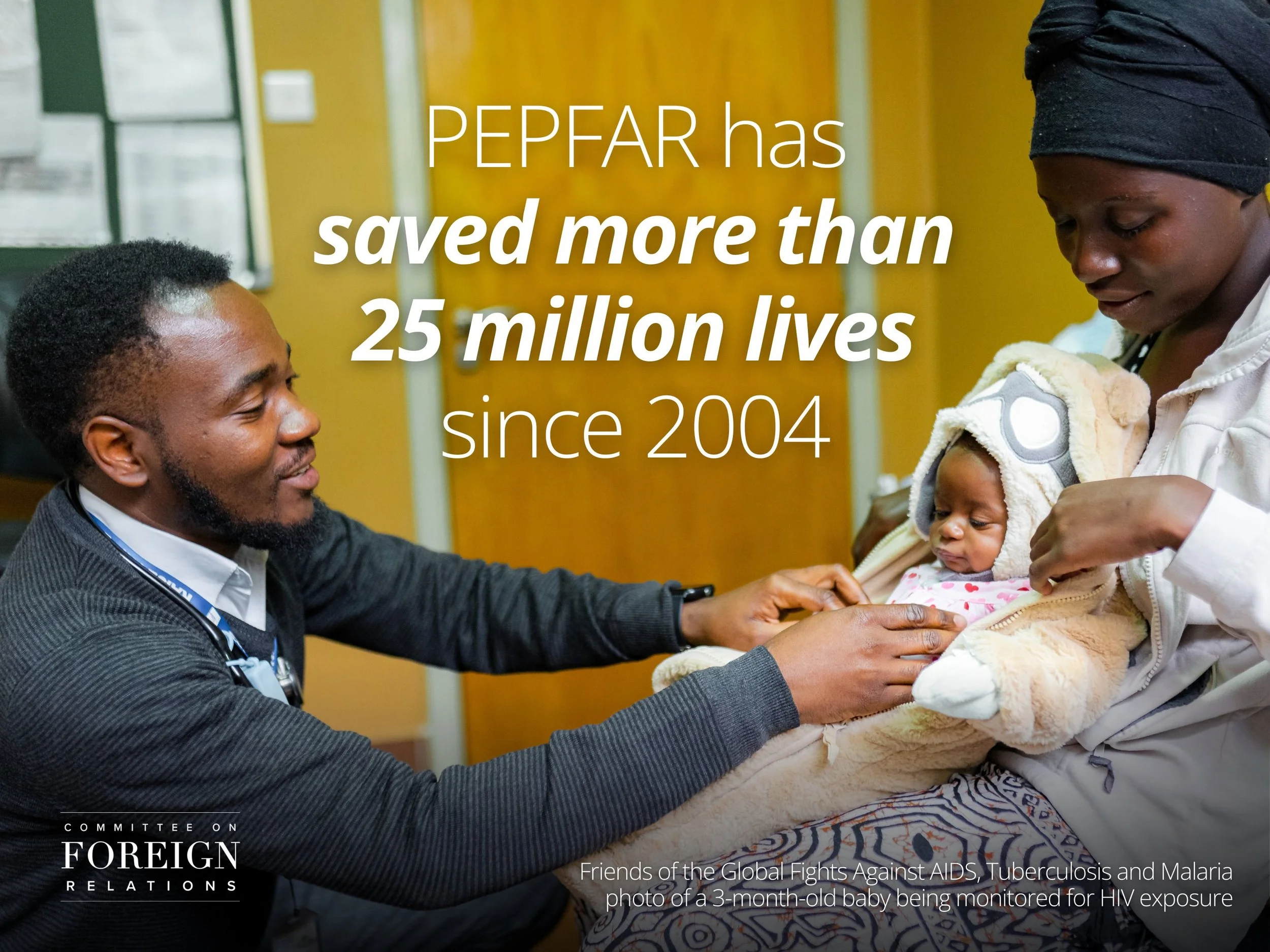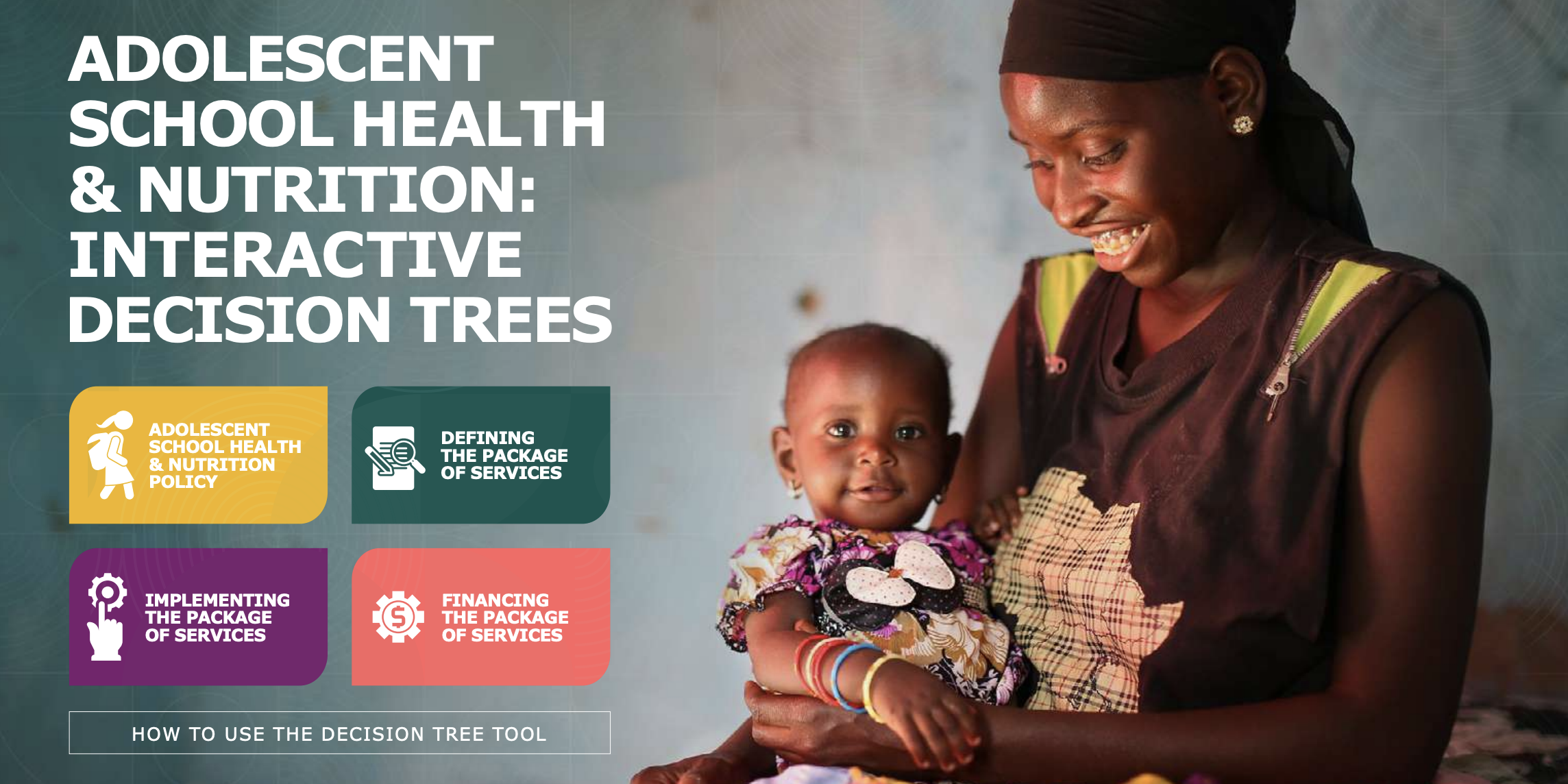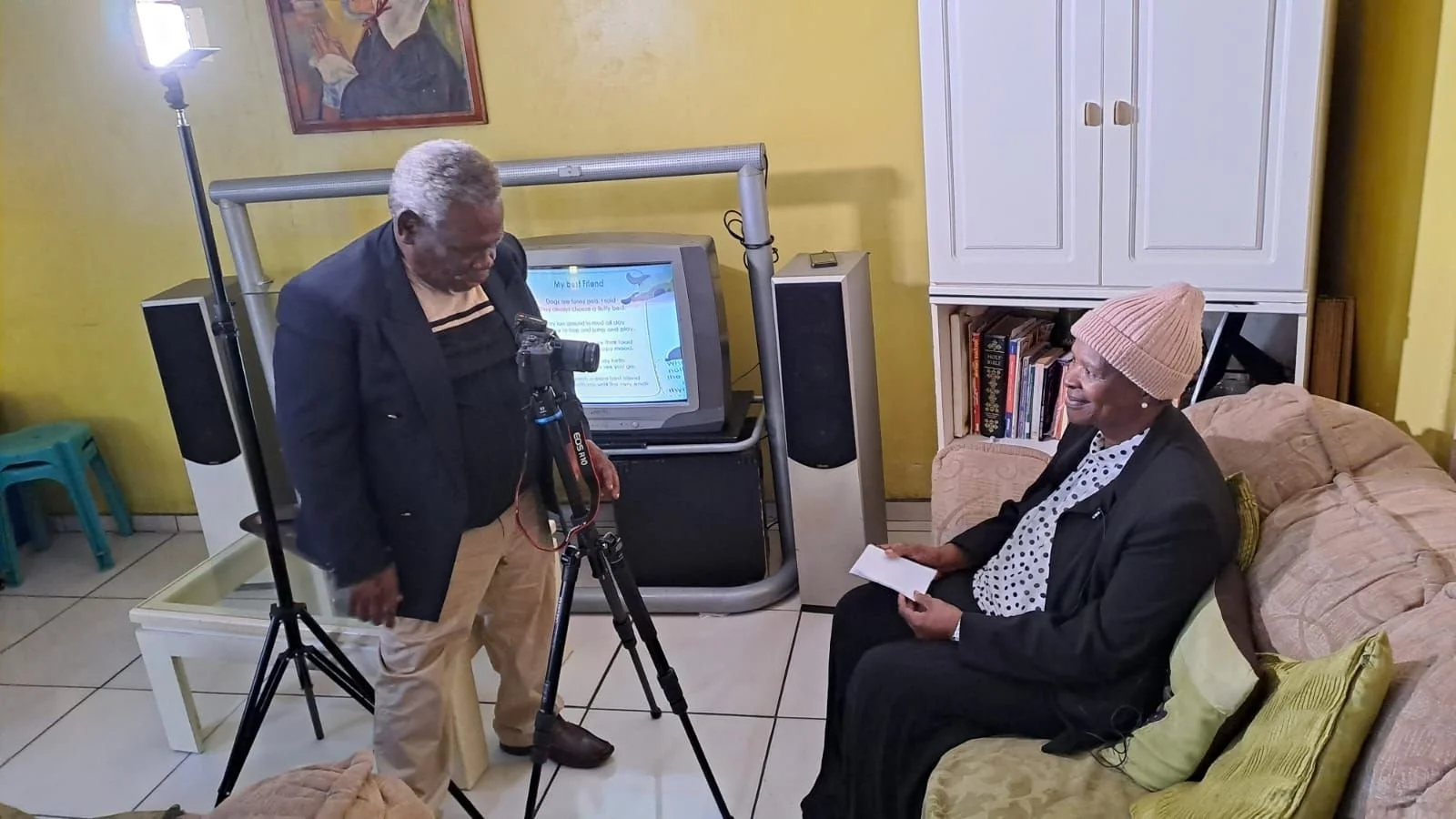From Dense to Dynamic: 6 Creative Ways to Communicate Complexity
There is no shortage of powerful insights coming out of research.
Here in Southern Africa, scientists are uncovering findings that could directly influence conservation and tourism policy. In the U.S., researchers are generating evidence that could shift how we address child poverty and homelessness.
And this is happening all over the world, in every sector, field, and discipline.
But too often, these insights don’t reach the people who could act on them. The connection between evidence and impact falls through the cracks.
Most people don’t read research. Not the full report. Not the executive summary. Sometimes, not even the abstract.
Even when the findings could improve outcomes, shape better programs, or spark real change.
So why do we keep communicating complex research the same way?
The Real Challenge Isn’t the Research. It’s the Reach.
I’ve spent much of my career working around very smart people. The kind who say things that make you quietly Google acronyms under the table. It’s been a gift. I’ve learned a ton.
But the real work was never just understanding the research. It was helping make it useful.
Too often, valuable insights stay trapped in academic papers or dense reports, never making it to the policymakers, program leads, or community organizers who could actually use them.
The problem isn’t the research. It’s the way we communicate it. Traditional formats like policy briefs and fact sheets still matter. They’re useful, but not always enough.
If we want evidence to drive action, we need to rethink how we share it. That means making complex ideas clear, accessible, and sometimes even a little unexpected.
So what does it look like to communicate complexity in a more useful, engaging way? Here are six formats worth exploring.
6 Creative Tools to Communicate Complexity
1. Story-Driven, Emotion-Forward Video
Jason Mamoa as Conservation International’s The Wave
People remember 95 percent of a message when they watch it in a video. When they read the same message, they remember only 10 percent. That makes video one of the most powerful tools for communication.
But not every video works. If your goal is to inspire action and not just raise awareness, you need more than a few images and a voice reading a list of facts.
You need to make people feel something. That means leaning into powerful images, emotion, and sound instead of relying only on data or slides.
EXAMPLES
One of the best examples comes from Conservation International and their Nature Is Speaking campaign. Each short film gives a voice to a part of the natural world, like the ocean, the soil, or the trees, using famous actors such as Julia Roberts, Ed Norton, and Jason Momoa. The writing is bold and poetic. The visuals are striking. And the voiceovers stay with you.
Take the Ice video. It is narrated by Liam Neeson, the actor known for saying, "I have a particular set of skills." Now picture that same voice speaking for melting glaciers. Calm, serious, and a little haunting. It turns a climate message into something personal.
Nature does not need people. People need nature. (I also love Robert Redford as the Redwoods!)
Though the campaign launched in 2015, it continues to be referenced today. Proof that a well-crafted message with emotional weight can have staying power, long after the initial release.
The campaign has been viewed over one hundred million times, translated into several languages, and praised for both clarity and beauty.
The Malala Fund showed this with their Stronger Than campaign. In a short video, children around the world told Malala’s story in their own words. It was simple and hopeful, but the results were real. That video helped lead to new education funding in Brazil and a major pledge for girls' education from global leaders.
And you do not need a film crew or a big studio to do something meaningful.
HOW TO DO IT
Here is the main point. You do not need a huge budget or a celebrity voice. But you do need:
A real voice that feels honest
A clear message that makes people care
A setting or image that supports the story
And a story that is worth sharing
Even a short thirty second clip can get attention, build trust, and inspire action. Tools like Descript and CapCut can help you create these videos quickly, and adding subtitles makes them easier for everyone to follow. You can think of it as a fast video with the power of a full report.
2.Turn Talk Into Something You Can See
Image courtesy of ImageThink
One of the most effective ways to simplify complexity is to show it. Literally.
Visual notetaking, or graphic recording, involves sketch artists translating live discussions into illustrated maps of ideas. These drawings aren’t just eye-catching, they help people process and retain key messages long after the meeting ends.
Our brains process visuals far faster than text, which makes this technique especially useful in distilling dense, fast-moving conversations into something memorable and shareable.
In meetings and workshops, visual notes help people see and build on ideas in real time. They double as useful takeaways, shared in reports or online, and invite participation, fostering ownership and shared understanding.
EXAMPLE
A great example of visual notetaking in action comes from FasterCures, a health-policy nonprofit. During a series of events, they brought in a live sketch artist to capture key ideas as they were discussed.
The visual summaries helped participants better understand complex topics and sparked deeper conversations in the room.
After the events, the illustrations were reused in reports and social media, making the content easier to remember and share. It turned out to be a simple but powerful way to make expert discussions more engaging and useful.
TOOLS
You don’t always need a live sketch artist, either. Tools like Gamma and Whimsical make it easy to create clear, visual summaries of complex ideas, fast and at low cost.
3. A Good Message Isn’t Dumbed Down. It’s Distilled
There’s a common misconception that making something simple means making it simplistic. But clarity is not compromise. It’s craft. As Einstein is often quoted:
"If you can't explain it simply, you don't understand it well enough."
Distilling a complex message into something clear and memorable isn’t about leaving information out, it’s about knowing what matters most. It’s the work of prioritizing. Of understanding your audience. And of finding the emotional core of what you're trying to communicate.
EXAMPLE
Take PEPFAR, the U.S. President’s Emergency Plan for AIDS Relief. The initiative tackles one of the most complex public health challenges in history, requiring breakthroughs in science, global supply chains, health worker training, anti-stigma campaigns, long-term patient care, data systems, and multilateral partnerships. It’s a web of moving parts across continents.
And yet, when advocates and policymakers talk about PEPFAR’s impact, the message is strikingly simple:
“PEPFAR has saved 25 million lives.”
Not: “We supported X clinics and distributed Y million ARVs.”
Not: “We partnered with Z ministries of health to strengthen outcomes.”
Just: “Lives. Saved.”
This one line, a drumbeat in the media, in congressional hearings, in speeches, has been repeated again and again. And that repetition is a big reason why PEPFAR continues to receive bipartisan support, even during massive foreign aid cutbacks.
Behind that line are real stories. Mothers who lived. Babies born HIV free. Health systems that held. An epidemic held back. It’s not a tagline. It’s proof of what is possible.
HOW TO DO IT
Start by asking: What’s the outcome that matters most to the people I’m trying to reach?
Look for the human impact: lives changed, behaviors shifted, problems solved.
Then pressure-test your message: Could a policymaker repeat it on the floor of congress? Could a donor remember it after one slide? Could a journalist quote it in a headline? If the answer is yes, you’ve found your message. If not, keep distilling.
If you want your message to move beyond explanation and into action, you must be able to say it simply. That doesn’t mean skipping the nuance. It means starting with what matters most and building from there.
4. Interactive Formats That Engage
Global Financing Facility Adolescent School Health & Nutrition:Interactive Decision Trees
People do not always want to read your research. What they really want is to understand how it affects them. And sometimes the best way to do that is by letting them interact with the information.
EXAMPLE
One strong example comes from the Global Financing Facility. They created an interactive digital guide to support decisions on adolescent health and nutrition.
The format is simple and user friendly. A person chooses a priority topic, then clicks through a path that matches their needs. Each step includes short facts, recommendations, and links to learn more. It works well even with limited internet and helps people get what they need quickly.
HOW TO DO IT
This kind of design is great for policy briefs, training documents, or internal planning tools.
Imagine a front page that says, "What is your role?" with buttons for program manager, policymaker, or fundraiser. A policymaker might click on "community impact" and land on a page with clear stats, strong visuals, and a few quick actions they can take. The reader controls the flow, which makes the experience more useful and easier to understand.
TOOLS
Adobe InDesign, FlippingBook, or Canva with clickable links can help you build something like this without needing to code. You can include videos, quizzes, charts, or short GIFs that bring the content to life.
The result is simple. When people get to explore on their own terms, they are more likely to stay with the material and walk away with something they remember.
5. SMS Storytelling
WWF EarthHour SMS Campaign.
When attention is short and internet is limited, SMS can be one of the fastest, most reliable ways to reach people with information that matters. Whether you’re connecting with health workers, farmers, or local organizers, text messages can deliver short, human-centered stories that prompt action.
EXAMPLE
One example comes from WWF’s Earth Hour campaign, which used SMS to send quiz questions and pledges to participants in more than 170 countries. A message might say: “Earth’s temperature rose by 1 degree in 100 years. Reply YES to pledge to turn off your lights at 8:30 p.m.” It was simple, clear, and led to real-world participation on a global scale.
Other groups have used SMS to share short stories about patients or farmers, often paired with a question or call to action. These messages act like mini case studies—easy to understand and quick to respond to.
HOW TO DO IT
To try it, start with a clear audience and one simple takeaway. Add a short story or quiz-style hook, then end with an action. Tools like Twilio can help you send messages at scale and track what works. For example:
“Meet Amina. She doubled her harvest with a new seed. Want to learn how? Reply 1.”
Then: “New seeds helped farmers grow more food in drought. Come to the demo farm. Text FARM to join.”
Done well, SMS becomes a storytelling tool, one that informs, connects, and prompts action in real life.
6. Co-Created Content
Community Interview, courtesy Historical Society of Mamelodi
Most research communications talk about communities. What if we made space for them to speak for themselves? This isn’t just about inclusive outreach, it’s about shifting power. When those most affected by an issue help craft the message, the result isn’t just more relatable or emotionally resonant, it’s more accurate, persuasive, and ethically grounded.
EXAMPLE
One powerful example comes from Mamelodi, a township near Pretoria, South Africa. In partnership with the University of Pretoria, the Historical Society of Mamelodi trained local pensioners, youth, and community members to produce their own digital stories. Participants created short personal films capturing local history, culture, and lived experiences. (Here is one moving example.)
Rather than extracting stories for someone else's agenda, this project gave participants the skills, space, and support to tell their own.
Many of these storytellers had never used a computer before. Now they are preserving history and shaping how their community is seen and remembered.
HOW TO DO IT
Begin by identifying partners on the ground (community leaders, youth groups, local historians, or health workers) who are already trusted voices.
Provide training and tools (like smartphones, basic video editing apps, or storytelling workshops), and create low-pressure opportunities for people to share their perspectives in their own words. Most importantly, they are collaborators, not subjects.
Set clear shared goals, listen deeply, and build in feedback loops. Co-creation isn’t a product, it’s a process of relationship and trust that takes time, but the result is storytelling that’s not only more ethical, but more powerful.
Want support making complex ideas clear and compelling?
That’s what we do at Impact Communications Collaborative. I’d love to hear more about your project — contact me at kristen@impactcomms.consulting




